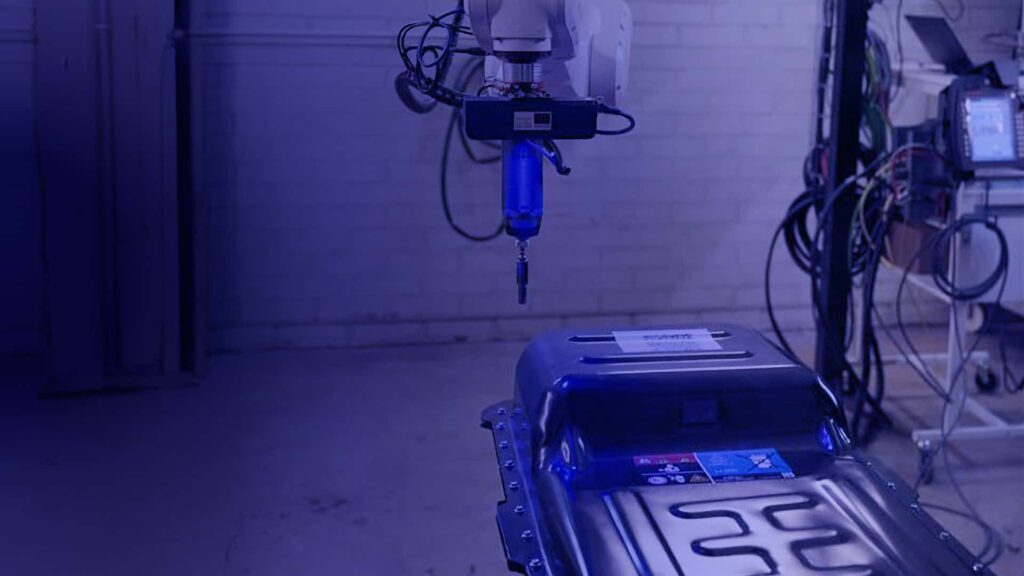Recirculate Unveils AI-Powered Robotics for EV Battery Recycling in Europe

Photo Credit: RECIRCULATE
A European research consortium is breaking new ground in electric vehicle (EV) recycling, unveiling a robotic disassembly system powered by artificial intelligence that promises to transform how batteries are dismantled and repurposed. According to project documents and statements shared by RECIRCULATE, the EU-backed initiative has completed the first phase of its technology development.
The system, developed under the RECIRCULATE program, is designed to handle battery disassembly in two stages—from the pack down to the module, and further to the individual cell level. A specialized robotic platform, built by Centria University of Applied Sciences, uses a KUKA KR10 industrial robot on a mobile track to locate, unscrew, and remove dozens of tightly fixed components from high-voltage packs.
To achieve this, the research team trained machine learning models that not only detect screws and connectors but also analyze wire orientations, allowing the robot to choose the safest and most efficient disassembly strategy. The precision is enhanced by depth cameras mounted on the robotic tools, giving the system 3D awareness of every component.
In addition to disassembly, the researchers designed a proprietary battery identification model that can recognize different battery types—even when QR codes or digital product passports are missing. In laboratory tests with samples from Ford and Tesla, the model achieved nearly 100% accuracy, allowing the system to automatically choose the appropriate disassembly process.
“There are approximately 50 screws on the lid alone. We’ve trained a machine learning model to locate and identify each screw, extract their exact coordinates, and send this data to the robot,” said Tomi Pitkäaho, Principal Lecturer in Research at Centria University of Applied Sciences. He emphasized that the achievement reflects 18 months of intensive work by robotics and AI specialists.
Battery recycling has become a critical bottleneck in Europe’s green transition. Current manual processes are labor-intensive, slow, and pose significant safety risks due to high voltages. The newly adopted EU Battery Regulation, which mandates improved recycling rates and product traceability, adds urgency for automated solutions.
Analysts suggest that integrating robotics and AI into recycling workflows could not only improve efficiency but also reduce costs, strengthen the supply security of raw materials, and help Europe cut reliance on imports. As EV adoption surges, demand for such scalable disassembly systems is expected to accelerate across manufacturers and recycling firms.
Moving beyond laboratory prototypes, RECIRCULATE has taken a step toward industrial application. The project’s next phase will focus on enlarging the training dataset and ensuring compatibility across more battery brands to support wider uptake.
Source: RECIRCULATE






